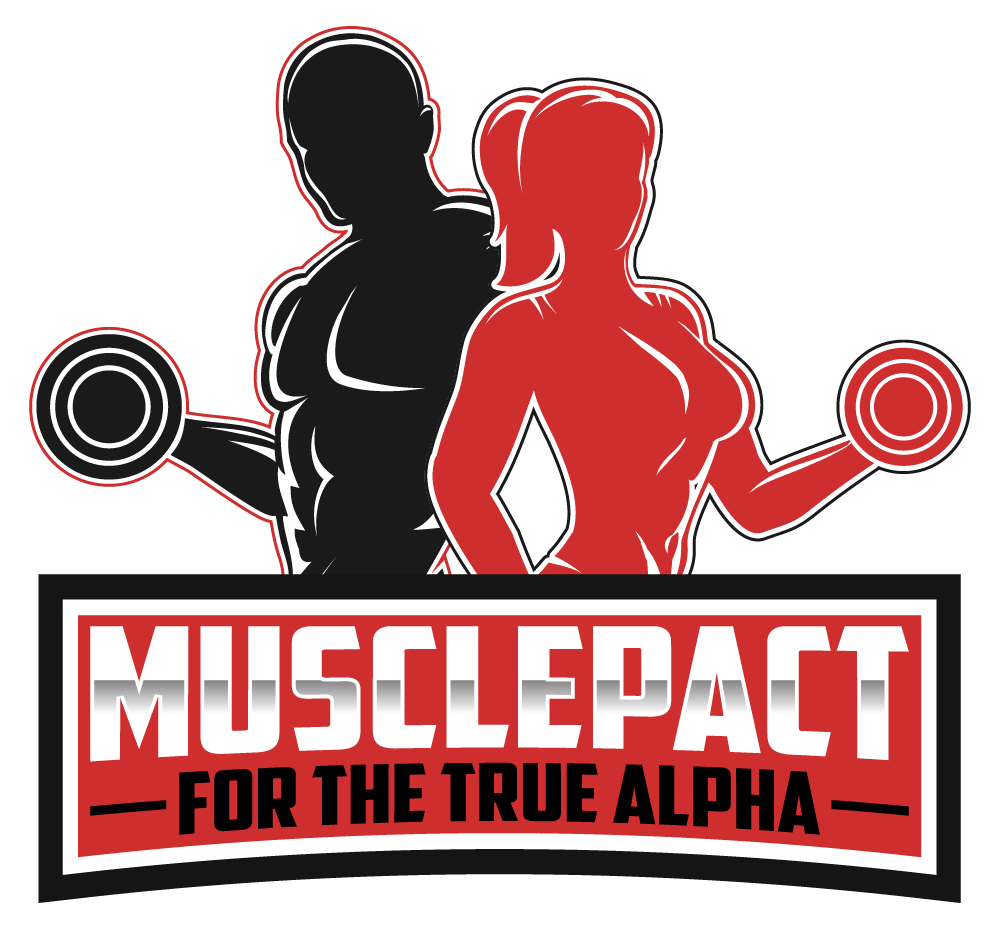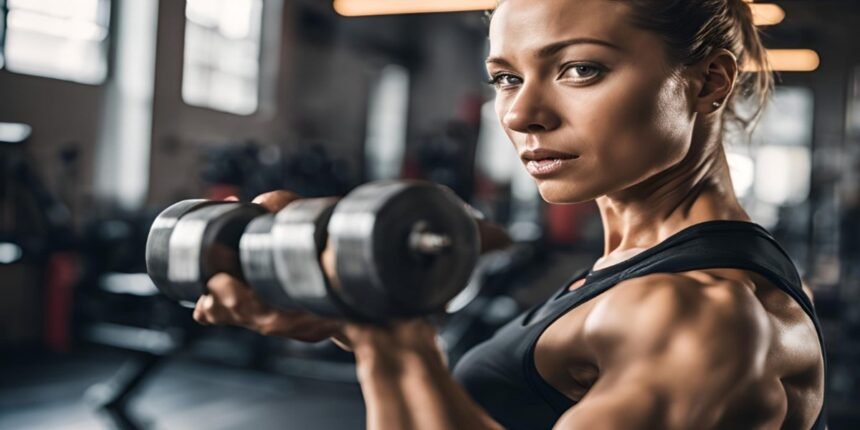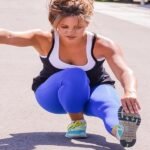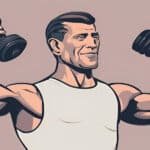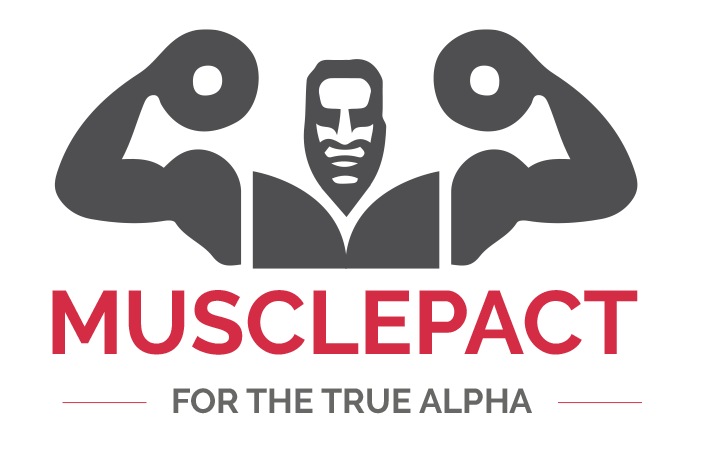Functional arm exercises replicate the movements you do every day, incorporating functional strength into fitness. They are different from conventional exercises, as they do not work one muscle group but rather many (or all) at the same time, which leads to high muscle-integrated strength. With these exercises in your regimen, you will find that you will be able to do everyday tasks more smoothly and efficiently.
What We Gain from Doing Functional Arm Exercises
Enhanced Ability to Perform Daily Activities: Arm exercises correlate with better daily functioning, like when carrying groceries, lifting a child, opening doors, and hanging curtains.
- Better Sports Performance: Many sports, such as rock climbing, swimming, tennis, basketball, and martial arts, require strong arms to help you get ahead in the game by increasing your ability to create force, control movements, and achieve better performance.
- Preventing Injury: Functional exercises reduce your risk of injury by training the muscles you need to perform daily movements safely and effectively.
- Better Quality of Life: Maintaining your arm strength allows you to continue performing daily activities independently, which will greatly enhance your quality of life.
- Better Posture: Building a strong back has an important role to play in strengthening your posture and overall body, which you could get from exercises like a bent-over row.
- Increased Bone Density: Arm workouts also help strengthen bones, which is most needed as we age.
- Improved Balance: Exercises that work a variety of muscle groups functionally can help with balance and stability.
Key Muscle Groups in the Arms
To choose the right exercises and establish a good mind-to-muscle connection, you need to understand the main muscles used in your arms. Important arm muscle groups are the following:
- Biceps: The biceps are the muscles located at the top of your upper arm, helping to bend your arm at the elbow joint.
- Triceps: The triceps are located on the back of your upper arm; they are responsible for straightening your arm at the elbow joint.
- Forearm Muscles: These include the muscles that move the wrist and hand, including ulnar deviation, radial deviation, wrist flexion, finger flexion, and pronation.
- Shoulder muscles: The shoulder muscles play a role in nearly all arm exercises and help with overall upper body strength and stability.
Types of Functional Arm Exercises
Here are some functional arm exercises you can do:
Bodyweight Exercises
Bodyweight exercises are a great way to build arm strength without equipment. These exercises use your own body weight as resistance, making them accessible and convenient.
- Plank: The plank is a full-body exercise that strengthens your core, shoulders, and arms. To perform a plank, start in a push-up position with your forearms on the ground, keeping your body in a straight line from head to heels. Hold the position for as long as you can, gradually increasing the duration as you get stronger.
- Push-Ups: This classic exercise targets your chest, shoulders, and triceps. For a push-up, begin in a plank position with your arms shoulder-width apart. Lower your body until your chest is close to the ground, then press back up to the starting position.
- Arm Circles: This beginner exercise targets the muscles around the shoulder joint. It isometrically strengthens the biceps and triceps. For arm circles, stand tall with your arms extended straight out to your sides, your muscles contracted down your arm. With your elbows locked, make slow circular motions with your arms by rotating them around your shoulders. Do 3 sets of 10–20 reps each for both directions. You can do sets of large or small diameter circles to make slight changes in effort.
- Arm Front Raises: This move works your shoulder’s front, plus isometrically engages your biceps and triceps. To do arm front raises, stand up straight with your arms in front of you, locked out straight — thumbs toward the ceiling. Lift your arms overhead, keeping them straight and locked out until they point straight up overhead, with your upper arms blocking your ears. Slowly bring your arms back down to the starting position. You can do 3 sets of 10–20 reps.
Dumbbell exercises
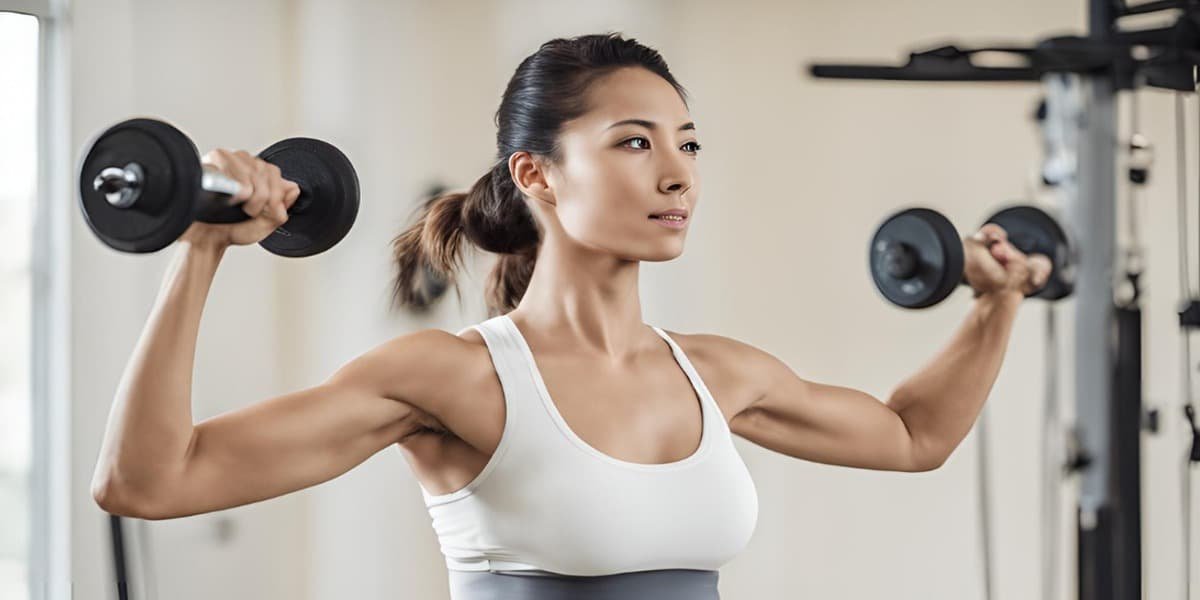
Dumbbell exercises add resistance to your arm workouts, allowing you to build strength and muscle mass. It is best to use lighter weights, such as 2-5 pounds each. Increase the weight gradually as you get stronger.
- Bicep Curls: A classic exercise to build bicep strength. Hold dumbbells at your sides with an underhand, shoulder-width grip. Exhale, curling weight to the chest, keeping upper arms stationary with elbows at sides. Lower the back to the starting position. Use heavier weights or lower each rep slower to ramp up your time under tension for more advanced challenges.
- Triceps Extensions: These focus on the triceps muscles in the back of your upper arm. To do a triceps extension, you will hold a dumbbell with both arms above your head. With your elbows close to the sides of your head, lower the dumbbell behind you, then push your arms back into your starting position.
- Bent-Over Row: This exercise builds strong back muscles as it engages your lats, traps, and rhomboids and uses the back, glutes, and legs to stabilize the body. Hold a dumbbell in one hand with your arm relaxed by your side and your feet shoulder-width apart. Hinge at your hips to create a 60-degree angle, keeping your back flat and core engaged. Pull the dumbbell up and back, keeping your elbow tucked into your body. Lower the dumbbell back down with control. To make it more advanced, use a dumbbell in each hand at the same time.
- Overhead Press: The overhead press works your shoulders and upper back. For an overhead press, stand with feet shoulder-width apart and a dumbbell in each hand at shoulder height. Press the dumbbells overhead, extending your arms fully. Lower the dumbbells back to the starting position in a slow fashion.
Arms Exercises Inspired From Daily Activities

These moves replicate real-world actions and use several muscle groups.
- Wood Chops: Wood chops are a power-intensive movement that works your core, shoulders, and arms. Stand with your knees bent and your feet shoulder-width apart, holding a dumbbell with both hands. Then twist your torso to one side before swinging the dumbbell diagonally across your body, like you’re chopping wood. Repeat on the other side.
- Farmers Walk: The farmer’s walk is a very basic but highly effective exercise for building full body strength and endurance. A farmer’s walk can be done by holding a heavy dumbbell in each hand and walking a certain distance or for a specified period.
- Carrying Groceries: Carrying groceries can be a useful exercise. Fill bags with various loads and walk them around the house or yard. Keep good posture and balance.
- Lifting Objects: Lift up a particular object – it may be a box, or it could be a small furniture piece – using the correct lifting techniques. Keep your knees bent, your back straight, and your core engaged.
How To Make an Arm Workout Routine
There are a few things you need to keep in mind about building an arm workout routine:
- Warm-up: 5 to 10 minutes of light cardio and dynamic stretching to warm up your muscles for exercise. Dynamic stretches include standing arm circles and shoulder rolls.
- Exercise Selection: Use exercises that target all the major muscle groups in your arms and also mimic everyday movements.
- The Number of Sets and Repetitions: If your goal is strength training, then 8-12 repetitions are necessary for each exercise. You can start with one set of reps and work your way up to three as you build strength. Take 30 to 90 seconds of rest between sets.
- Progression: Over time, gradually increase the weight, resistance, or difficulty of the exercises as you get stronger.
- Cool-down: End with 5-10 minutes of static stretching to increase flexibility and help your muscles recover.
Functional Arm Workout Routine Example
So here is an arm workout routine example for you to try:
Warm-up (5-10 minutes)
- Light cardio, such as jogging in place or jumping jacks.
- Standing arm circles (10 repetitions in each direction).
- Shoulder rolls (10 repetitions in each direction).
Workout…
- Plank (3 sets, hold for as long as possible).
- Push-ups (3 sets of 8-12 repetitions).
- Bicep curls (3 sets of 8-12 repetitions).
- Triceps extensions (3 sets of 8-12 repetitions).
- Bent-over row (3 sets of 8-12 repetitions).
- Overhead press (3 sets of 8-12 repetitions).
- Wood chops (3 sets of 8-12 repetitions on each side).
- Farmer’s walk (3 sets, walk for a designated distance or time).
Cool-down (5-10 minutes)
Static stretches, holding each stretch for 30 seconds:
- Bicep stretch;
- Triceps stretch;
- Shoulder stretch.
Advanced Arm Training Techniques
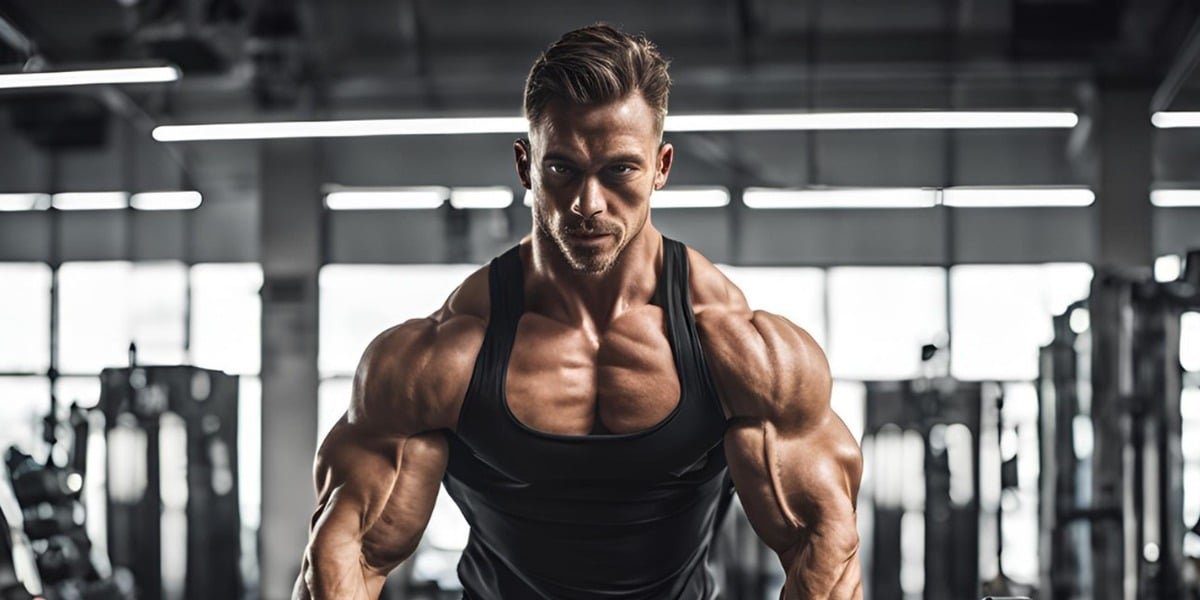
If you want to take your arm workouts up a notch, here are some advanced strategies to increase the intensity and total volume:
- Supersets: Doing two exercises in a row and without a break, a superset increases intensity and creates more fatigue in the muscle. For example, do a bicep exercise followed by a triceps exercise.
- Drop sets: Begin with a heavyweight, perform as many repetitions as possible, then lower the weight and keep going. After a heavy EZ bar curl set to failure, switch to lighter dumbbells to build muscle endurance and size.
- Rest-pause training: This advanced method utilizes high amounts of mechanical and metabolic stress. Short rest breaks in a single routine are proven techniques for improving muscle endurance and building the overall size of the arms.
- Good form: Targeting your muscles properly in each rep is crucial for avoiding injury and. A controlled motion, particularly during eccentric (lowering) phases, helps you quickly act on the muscle without risking some strain.
- Change grips: Changing the grip focus targets different areas of your arms. Use overhand, underhand, and neutral grips to target different muscle fibers.
- Training biceps and triceps together: Training biceps and triceps together is a smart move, as they are antagonistic muscles. This means performing triceps and biceps exercise back-to-back or training them in agonist pairs.
Conclusion
Arm exercises are the best because they are integral to a good exercise regime. They can help us in everyday life, sports, and activities to improve our quality of life. Combined with the tips discussed in this guide, these exercises allow you to preserve your arm strength, enhance your functional proportions, and enjoy a healthier, more active life. Always consult your doctor or a certified fitness trainer before beginning any new exercise program.
Find out if a full body workout every day is effective or risky. Also, follow us on Facebook for even more guides.
Sources:
- https://www.health.harvard.edu/exercise-and-fitness/everyday-arm-exercises-functional-benefits
- https://www.healthline.com/health/fitness-exercise/arm-exercises-no-weights
- https://pmc.ncbi.nlm.nih.gov/articles/PMC4324332/
All images are AI generated with canva.com
